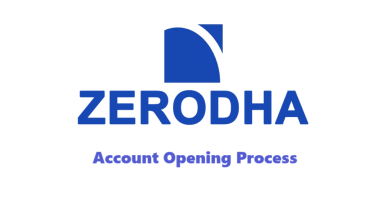Microsoft Spoofing Scams Are On the Rise
Microsoft has 1.2 billion clients around the world. With that numerous clients, it’s almost certain that there is a huge number of tricks focusing on Microsoft accounts. One of the most recent Microsoft parodying tricks endeavored to hit one of OneSupport’s Technology Advisors as of late. Fortunately she was knowledgeable in distinguishing these tricks. Some of them are more earnestly to distinguish than others. Knowing how they work and the thing they’re pursuing is a decent beginning to protecting yourself and your friends and family.
What is a Spoofing Scam
The vast majority think telephones when they hear parodying, yet the trick occurs with email accounts also. A caricaturing trick makes an email address that resembles a real record, for this situation from Microsoft help, and requests that you reset your secret word, or attempts to gather other touchy data. Regularly the messages will incorporate a logo from the organization they guarantee to address. Having an email address that seems to come from the organization and a logo is sufficient to confound the vast majority.
At the point when the client opens the email, they are frequently approached to reset a secret phrase or update their client data. A portion of these messages may advise you to click a connection, and that connection downloads an infection to the machine. This is a typical way that ransomware advances onto a PC. Ransomware is vindictive programming that secures the PC and the records and requests cash to get the data back.
Instructions to Stay Safe from Microsoft Spoofing Scams
On account of our innovation consultant, Lara, the email address that the message came from just one character off from the genuine one. It required her a moment to acknowledge what was happening. The main piece of information that the email was not authentic were grammatical mistakes in the body of the email. In any case, a few tricks don’t have grammatical errors in their messages.
So how would you understand what’s protected and what isn’t? Here are a few inquiries to pose to yourself:
Did you demand a secret key reset?
Have you endeavored to utilize or sign into the record as of late?
Would an organization arbitrarily email you and disclose to you need to refresh your data?
Is the organization name spelled right?
Are there accentuation, spelling, or arranging blunders?
Odds are an arbitrary email without your solicitation to reset or refresh isn’t genuine. If all else fails, you should call Microsoft. There might be a number given in the message being referred to. Try not to CALL THIS NUMBER. You’ll fall into the equivalent mocking trick in the event that you call this number. All things considered, google the Microsoft help number or the number for the organization in question. At the least, you ought to have the option to discover either a telephone number or a live talk choice to confirm the authenticity of the message being referred to.
What To Do in the event that You Encounter a Suspected Scam
On the off chance that you trust you may have experienced a Microsoft ridiculing trick, find a way to guarantee your security. Run an output on your PC; ensure nothing was downloaded by opening the email. Take a screen capture of the email, at that point erase it, and contact the organization being referred to and your help organization. In the event that you don’t have a help organization, get one!



